National Electric Code (NEC)
Class I
Any location in which flammable gases or vapors are or may be present in the air in sufficient quantities to produce an explosive or ignitable mixture.
Class I, Division 1
Locations in which:
1. Ignitable concentrations of flammable gases or vapors exist under normal operating conditions.
2. Ignitable concentrations of such gases or vapors may exist frequently because of repair or maintenance operations, or because of leakage.
3. Breakdown or faulty operation of equipment or process might release ignitable concentrations of flammable gases or vapors, and might also cause simultaneous failure of electrical equipment.
Class I, Division 2
Locations in which:
1. Volatile liquids or flammable gases are handled, processed, or used, but in which the liquids, vapors, or gases will normally be confined in containers or closed systems from which they can escape only in the case of accidental rupture or breakdown of such containers or systems, or in case of abnormal operation of equipment.
2. Ignitable concentrations of gases or vapors are normally prevented by positive mechanical ventilation, and which might become hazardous through failure or abnormal operation of the ventilating equipment.
3. Is adjacent to a Class I, Division 1 location and to which ignitable gases or vapors might occasionally be communicated unless such communication is prevented by adequate positive pressure ventilation from a source of clean air, and effective safeguards against ventilation failure are provided.
Class II
Any locations that are hazardous because of the presence of combustible dust.
Class III
Any locations that are hazardous because of the presence of easily ignitable fibers or flyings, but in which such fibers or flyings are not likely to be in suspension in the air in quantities sufficient to produce ignitable mixtures.
General Properties
Flammable gases and vapors are separated into four different atmospheric groups:
Group A – atmospheres containing acetylene.
Group B – atmospheres containing hydrogen, fuel and combustible process gases containing more than 30% hydrogen by volume, or gases or vapors of equivalent hazard (butadiene, ethylene oxide, propylene oxide, and acrolien).
Group C – atmospheres such as cyclopropane, ethyl ether, ethylene, or gases or vapors of equivalent hazard.
Group D – atmospheres such as acetone, ammonia, benzene, butane, ethanol, gasoline, hexane, methane, natural gas, naphtha, propane, or gases or vapors of equivalent hazard.
Flammable Dusts and Debris
Flammable dusts and debris are separated into three different atmospheric groups:
Group E – atmospheres containing combustible metals regardless of resistivity, or other combustible dusts of similar hazard characteristics having resistivity of less than 102 ohms per centimeter.
Group F – atmospheres containing carbon black, charcoal, coal or coke dusts which have more than 8% total volatile material or atmospheres containing these dusts sensitized by other materials so that they present an explosion hazard, and having resistivity greater than 102 ohms per centimeter but equal to or less than 108 ohms per centimeter
Group G – atmospheres containing combustible dusts having resistivity greater than or equal to 108 ohms per centimeter.
International Electrotechnical Committee (IEC)
The IEC is composed of approximately 40 countries including the United States. The purpose of the IEC is to establish standards for a wide variety of electrical products with the intent of encouraging international trade.
The IEC has assigned a technical committee, TC 31, to develop recommendations covering equipment, testing procedures and classification standards for areas where the potential for explosion exists because of flammable or explosive material present in the atmosphere.
Recommendations were based on explosion and ignition principles similar to those used to develop Articles 500-503 of the National Electrical Code. They can be found in IEC Publication 79, entitled, “Electrical Apparatus for Explosive Gas Atmospheres.” This publication consists of several parts covering various apparatuses intended for use in hazardous locations. It also defines the guidelines for classifying hazardous areas.
Instead of using Classes and Divisions, the areas are defined in terms of zones:
ZONE 0 – an area in which an explosive gas-air mixture is continuously present or present for long periods. Generally, most industrial users try to keep all electrical equipment out of Zone 0 areas.
ZONE 1 – an area in which an explosive gas-air mixture is likely to occur in normal operations.
ZONE 2 – an area in which an explosive gas-air mixture is not likely to occur and if it does, it is only for a short period of time.
ZONE 10 – an explosive atmosphere, resulting from dust which is present continuously or for long periods of time.
ZONE 11 – a short-lived explosive dust atmosphere from unsettling dust deposits.
Classification Comparison

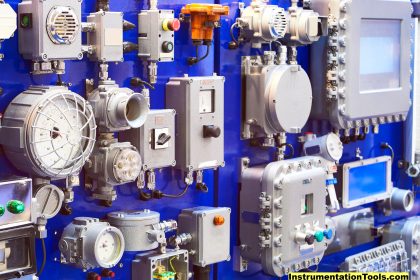
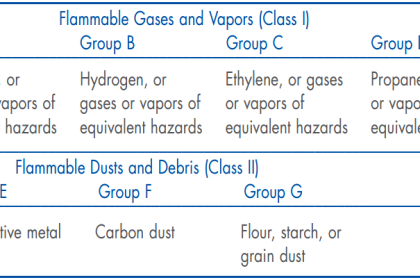
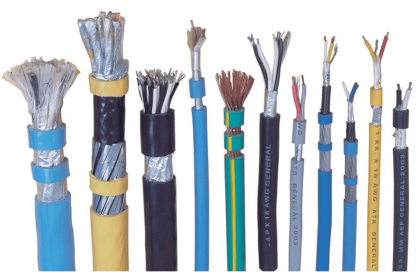
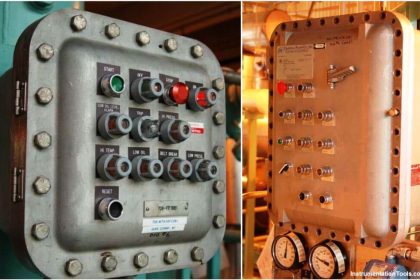
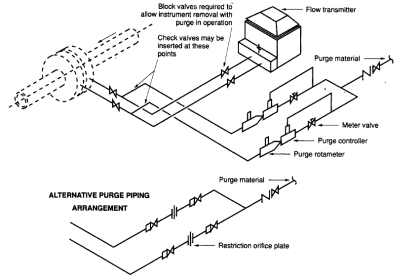
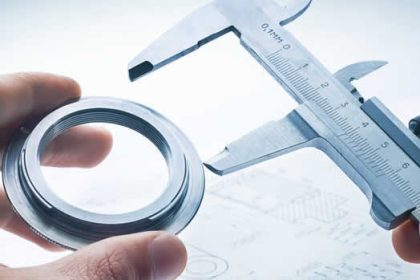
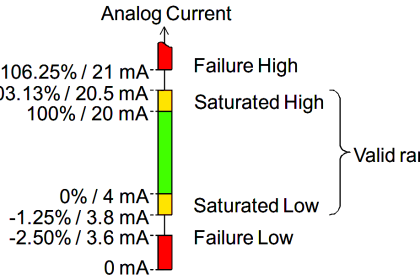
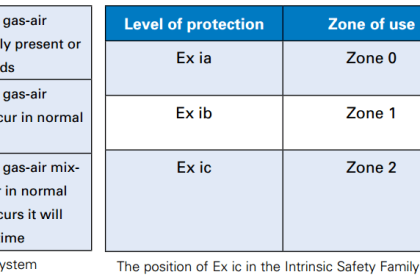
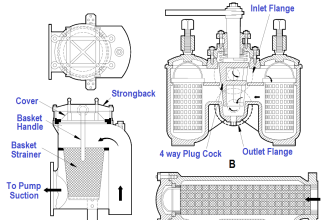

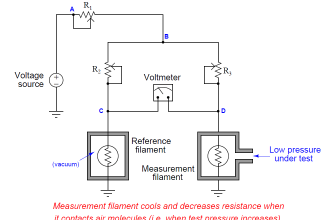
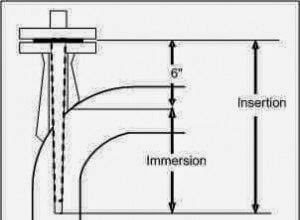

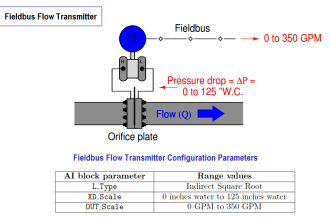
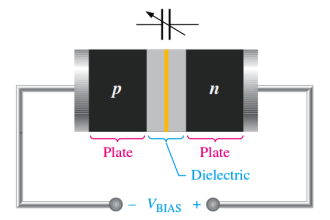
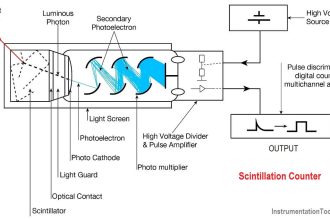

Great job.
I have got lot of knowledge and development from this web.
Great work
Please double check the IEC Dust Classifications. It looks like you have a Typo. you have 10 &11 listed. I think you mean 20 & 21. A two at the front not a 1.
I second that. For dust should be zone 20, 21 and 22 for gases zone 0, 1 and 2.